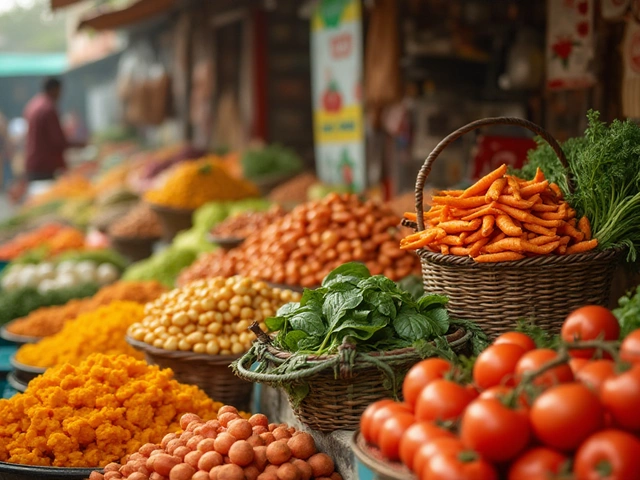Sustainable Plant: Simple Ways to Grow Greener Gardens
Want a garden that looks great and does good for the planet? You’re in the right spot. Our sustainable plant tag gathers the best Indian‑focused tricks that keep soil healthy, water smart, and waste low. Below you’ll find quick, real‑world tips you can start using today, plus links to deeper articles for each topic.
Water‑Smart Practices
Water is the biggest expense for most gardeners, so saving it pays off fast. How Deep Should Drip Irrigation Lines Be Buried? shows you the perfect burial depth to avoid evaporation and keep pressure steady. The guide walks you through site‑specific factors like soil type, climate, and plant spacing, so you can install a drip system that delivers water right to the root zone.
If you’re on a balcony, the How to Maximize a Small Balcony piece includes a vertical garden layout that pairs well with drip lines. Hanging pots, tiered shelves, and a thin drip tape let you water dozens of plants with a single faucet turn. The result is less runoff, less waste, and a thriving green wall even in windy, sunny spots.
Not ready for a full drip setup? Start by testing the “tap‑water sit” method from How Long to Let Tap Water Sit Before Watering Plants. Letting water sit for a few hours lets chlorine evaporate, reducing plant shock and saving a few minutes of daily prep.
Soil & Waste Management
Healthy soil means healthier plants with fewer fertilizers. The Sustainable Gardening article breaks down composting basics—turn kitchen scraps, garden waste, and even coffee grounds into nutrient‑rich humus. It also warns you about the plants that hate coffee grounds, so you won’t accidentally harm a favorite herb.
For heavy, compacted soil, check out How to Loosen Heavy Garden Soil. Adding sand, leaf mold, or well‑rotted compost improves texture and drainage, letting roots breathe and water move freely.
Zero‑waste eating meets zero‑waste gardening in the Zero‑Waste Fruits guide. Learn which fruits you can eat whole, how to turn peels into natural fertilizers, and why reducing kitchen waste directly benefits your garden’s organic matter pool.
When you’re ready to think bigger, the Eco‑Friendly Yard Ideas piece offers a roadmap for turning any outdoor space into a wildlife‑friendly zone. Plant native species, set up rain barrels, and use mulch made from recycled materials to cut water use and support local insects.
All these tips share a common thread: they’re practical, low‑cost, and built for Indian climates. Whether you have a rooftop balcony in Mumbai, a backyard in Delhi, or a small plot in Karnataka, the sustainable plant methods work the same way—save resources, boost yields, and keep the garden looking fresh all year.
Start with one change today—install a short drip line, add a handful of compost, or swap a pot for a vertical garden. Watch how quickly the benefits add up, and then move on to the next tip. Sustainable gardening isn’t a huge project; it’s a series of simple steps that add up to a healthier planet and a happier garden.
Most Sustainable Plant in the World: A Real Game-Changer for Your Garden
If you want to make your garden eco-friendly, picking the most sustainable plant matters a lot. This article takes a close look at bamboo, which outshines other plants when it comes to growth speed, carbon capture, and versatility. You'll get practical tips on how to add bamboo to your garden without headaches. Find out why bamboo could be the perfect fit for anyone aiming for more sustainable gardening.
About
Sustainable Gardening
Latest Posts
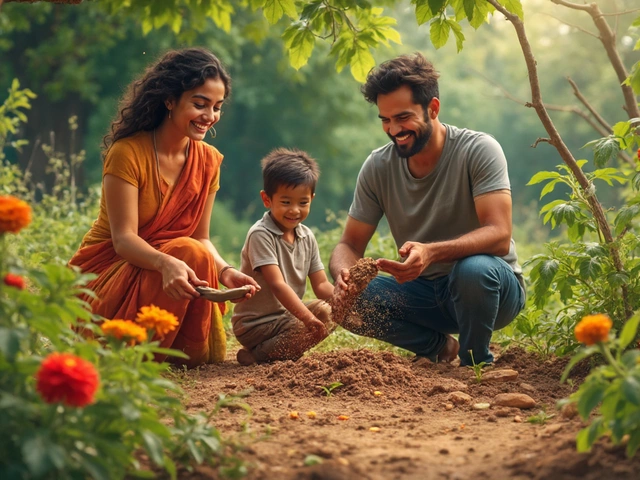
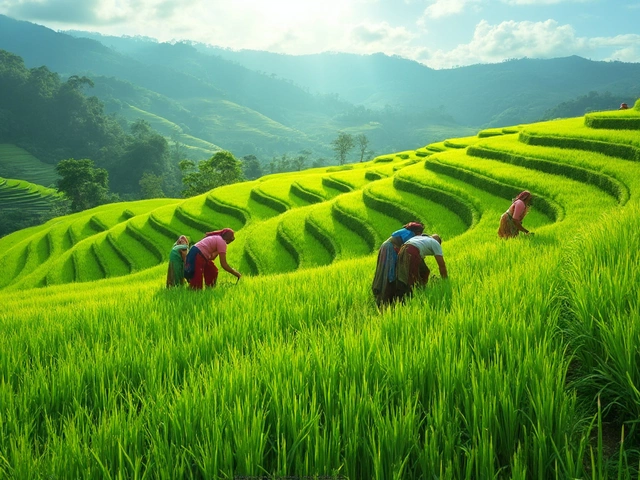
Best Topography for Growing Rice: Key Insights
By Alden Thorne Feb 21, 2025
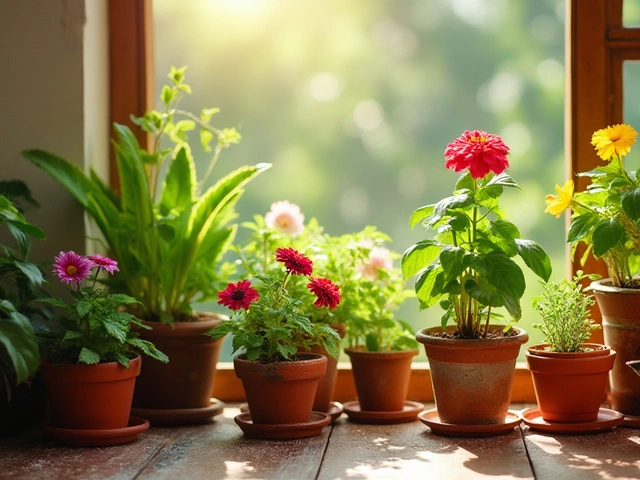
Using Epsom Salt for Indoor Plant Care: Benefits and Tips
By Alden Thorne Dec 23, 2024
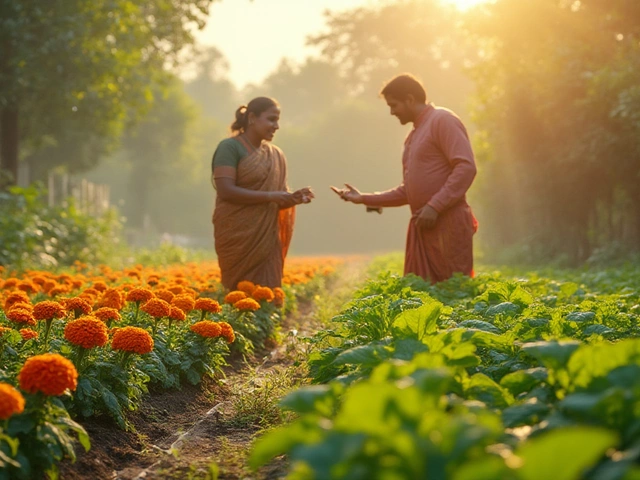
Drip Tape vs Drip Line: The Ultimate Guide for Efficient Watering
By Alden Thorne Jul 21, 2025
